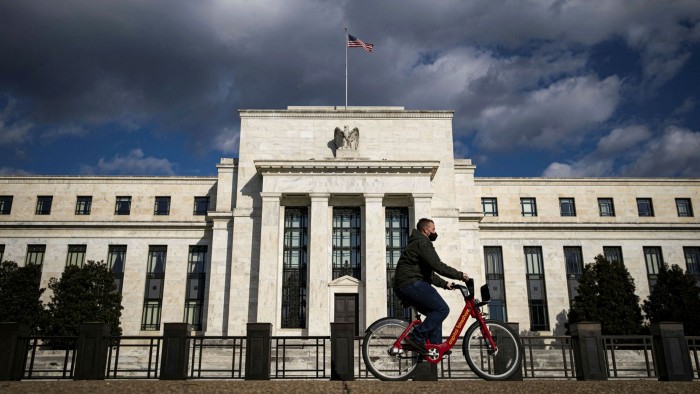Four key questions central banks must answer about digital currencies

Simply sign up to the Digital currencies myFT Digest -- delivered directly to your inbox.
The writer is the director of Princeton’s Bendheim Center for Finance and the vice-president of the American Finance Association
At some point in the next five to 10 years, when each of us becomes the owner of a sovereign-backed digital currency, we will look back on the summer of 2021 as a turning point.
The message delivered last week by the Bank for International Settlements in its annual report could not be more clear. Most central banks will soon issue their currency in digital form, making it directly available to each of us on our mobile phone and instantly exchangeable over long distances — just like email.
To prepare for a world where we use digital cash in the form of central bank digital currencies, monetary authorities are now exploring technical solutions and design choices. Given the stakes, it’s critical that central bank policymakers do not hide behind the veil of technical arrangements. Four choices are especially important and require input from legislatures and the people they serve.
First, anonymity and privacy. At the moment, within legally defined limits, each of us can spend a certain amount of cash without anybody knowing. While it’s technically feasible to keep such anonymity for CBDCs, whether governments and central banks should is an essential question. There are arguments in both directions and it is critical that this is debated openly and democratically. Already, our societies are debating many questions around privacy and the regulation of private tech companies. These conversations can and should inform how we approach privacy around CBDCs.
Second, there are real concerns around the organisation and shape of financial intermediation. By directly offering citizens safe and easily accessible digital monies, central banks could deprive private banks of their deposit base, push up resource costs, increase the frequency and amplitude of runs and affect the competition between banks and digital platforms. While these are legitimate concerns for banks and society, each can be addressed through the design of CBDCs themselves as well as through adjustments in the modalities of liquidity provision.
Third is the need to embrace and prepare for innovation. Our current monetary system is a public-private partnership. While most of our money is issued by private banks, the central bank controls the anchor: the unit of account. But as new actors such as Big Tech enter the field, forms of money are changing.
Weekly newsletter

For the latest news and views on fintech from the FT’s network of correspondents around the world, sign up to our weekly newsletter #fintechFT
The basic rationale for CBDCs is to keep providing the economy with public money in this new environment. To do so, central banks will have to catch up with a wave of innovation that was launched and engineered by private issuers of money. They will also want to ensure that the new forms of private money, such as stablecoins, are safe and trustworthy. It is also important that future regulations do not impede a movement of innovation in payments that is extremely beneficial to all.
Finally, societies must address concerns of currency internationalisation. By nature, digital money is cross-border and will expose countries to increased currency competition. This may result in the establishment of what Jean-Pierre Landau, Harold James and myself call “digital currency areas”, where the use of a currency is linked to a particular digital network rather than a specific country. Whether this currency competition will be fully unleashed will depend on whether future CBDCs will be accessible to non-residents and easily exchangeable with one another. These choices go far beyond technical issues and will have profound implications for the structure and functioning of the international monetary system.
The foray of central banks into digital money marks an exciting new frontier in finance. By carefully considering these questions, governments will ensure that citizens everywhere benefit in this era of innovation.
Comments